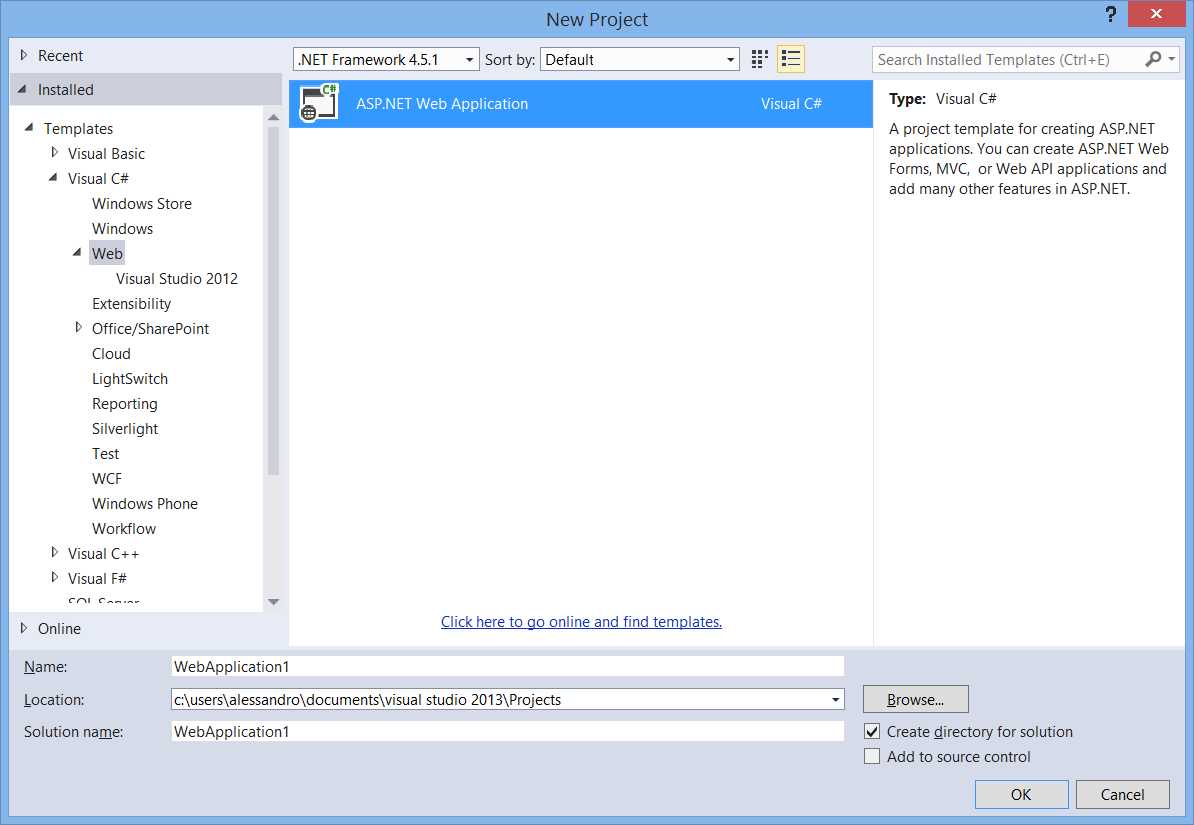

- #VISUAL STUDIO ENTERPRISE ARCHITECT 2010 CODE#
- #VISUAL STUDIO ENTERPRISE ARCHITECT 2010 PROFESSIONAL#
- #VISUAL STUDIO ENTERPRISE ARCHITECT 2010 FREE#
#VISUAL STUDIO ENTERPRISE ARCHITECT 2010 PROFESSIONAL#
Visual Studio 2010 (also Professional edition and beyond) can generate "class diagrams", but not UML class diagrams. Anyone who claims this, hasn't tried it :D Visual Studio 2010, regardless which edition, can NOT, I repeat, can NOT generate UML class diagrams from C++ code.
#VISUAL STUDIO ENTERPRISE ARCHITECT 2010 FREE#
For that, I recommend Visual Paradigm for UML, which has a free version that adds watermarks to the diagrams and also has a Visual Studio plugin available. If you have the UML tools with Visual Studio, use them since they're available, but they're not the best UML tool on the market by a long shot. Ultimately, your best bet is to do the UML by hand. If you're using native C++ it will not work, period. Additionally, Class Diagram for C++ doesn't work for me, however, so I don't know how much mileage you'll get from it if you're using C++/CLI rather than VB.NET. It should be stressed that a VS Class Diagram is not completely UML, although it looks similar.
#VISUAL STUDIO ENTERPRISE ARCHITECT 2010 CODE#
there's a feature of all versions of Visual Studio called a "Class Diagram" which is tightly coupled to and propagates data to and from the code - modifying the diagram will modify the code, and vice versa. But that's something you'll hopefully learn over time. What you should do is generate the UML before you code, then code against the model you built. are you using Visual Studio Ultimate? If so, you can create some UML diagrams in Visual Studio, but there is no support for reverse engineering UML from existing code you'll have to generate the UML diagrams by hand. I assume you meant Visual Studio 2010.Īs to doing UML.

Your question confuses me, particularly when you mention using Visual Basic 2010 for C++.


 0 kommentar(er)
0 kommentar(er)
